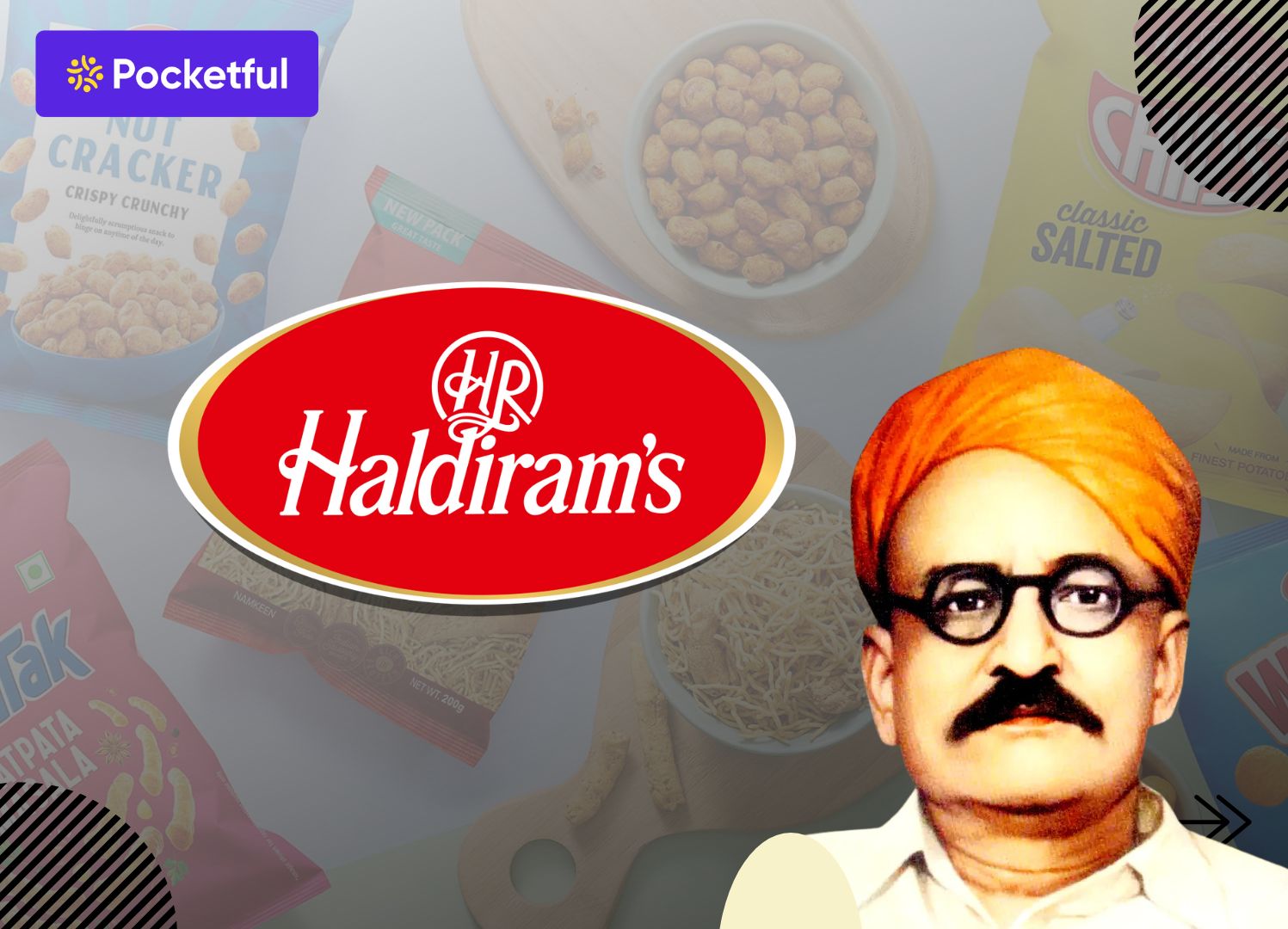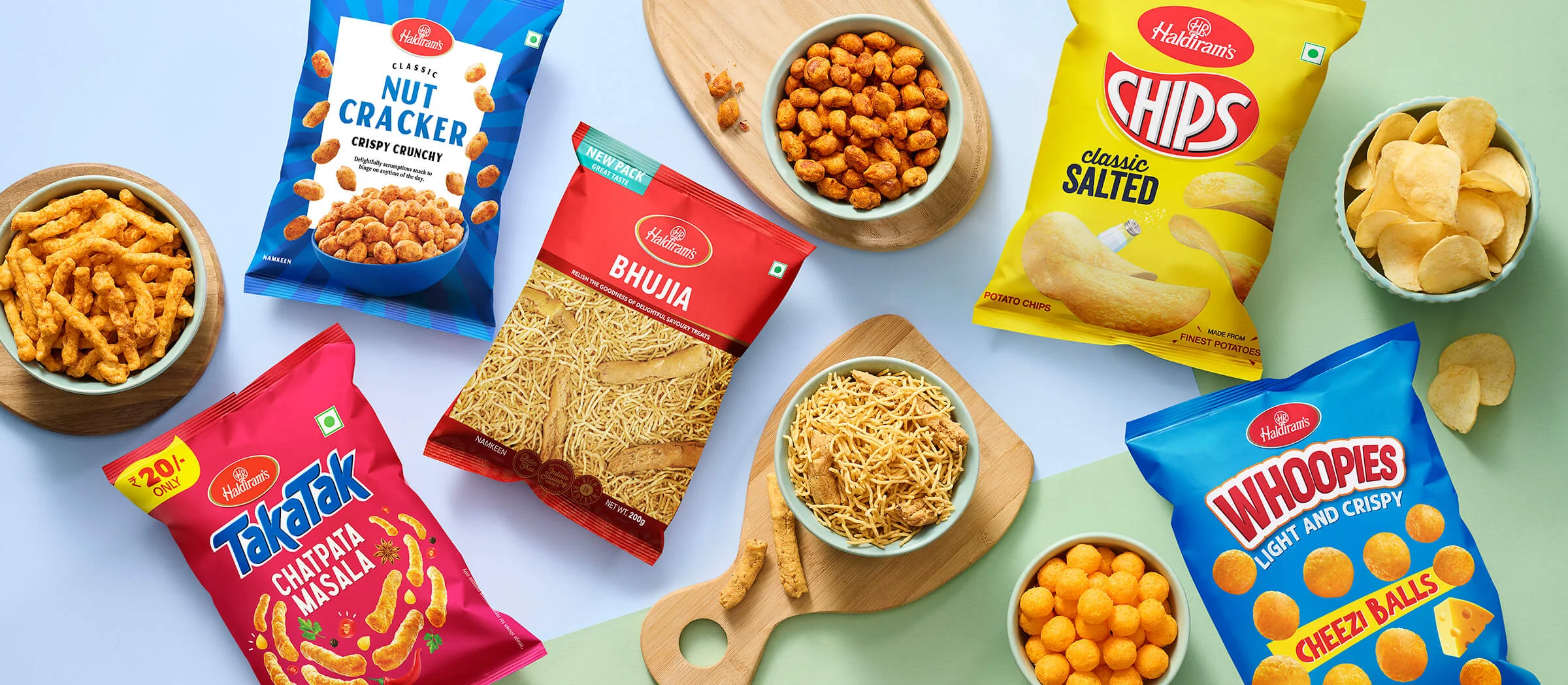| Type | Description | Contributor | Date |
|---|---|---|---|
| Post created | Pocketful Team | Jun-03-25 |
Read Next
- What Is Quick Commerce? Meaning & How It Works
- Urban Company Case Study: Business Model, Marketing Strategy & SWOT
- Rapido Case Study: Business Model, Marketing Strategy, Financial, and SWOT Analysis
- Trump Tariffs on India: Trade vs Russian Oil
- NTPC vs Power Grid: Business Model, Financials & Future Plans Compared
- Exxaro Tiles Vs Kajaria Tiles
- Adani Power Vs Adani Green – A Comprehensive Analysis
- Blinkit vs Zepto: Which is Better?
- UltraTech Vs Ambuja: Which is Better?
- Tata Technologies Vs TCS: Which is Better?
- Tata vs Reliance: India’s Top Business Giants Compared
- HCL Vs Infosys: Which is Better?
- Wipro Vs Infosys: Which is Better?
- Voltas vs Blue Star: Which is Better?
- SAIL Vs Tata Steel: Which is Better?
- JK Tyre Vs CEAT: Which is Better?
- Lenskart Case Study: History, Marketing Strategies, and SWOT Analysis
- Parle Case Study: Business Model, Marketing Strategy, and SWOT Analysis
- Tata Motors Vs Ashok Leyland: Which is Better?
- Apollo Tyres Ltd. vs Ceat Ltd. – Which is better?
- Blog
- haldirams case study
Haldiram’s Case Study: Business Model, Marketing Strategy, Financial, and SWOT Analysis

Haldirams is India’s most popular snack brand today, which started in Bikaner in 1937. Due to the traditional taste and quality, this brand gradually spread across the country and today it has made its mark at the international level as well.
In this case study, we will learn about Haldirams’ business model, marketing strategy and do financial analysis and SWOT analysis on how this brand achieved such a great position on its own.
Haldiram’s: An Overview
Haldirams started in 1937 from a small snacks shop in Bikaner, Rajasthan, founded by Ganga Bhishan Agarwal, fondly called ‘Haldiram Ji’. He introduced Bhujia with a unique taste and crunchiness, which soon became popular among the people.

Over time, Haldirams expanded its business and set up its production plants in cities like Kolkata, Nagpur, and Delhi. Today, the company is headquartered in Noida, Uttar Pradesh.
Haldirams has a product portfolio of over 400 items, including snacks, sweets, frozen foods, ready-to-eat meals, bakery items and beverages. Some of the major products are:
- Aloo Bhujia, Moong Dal, Chana Chur
- Gulab Jamun, Rasgulla, Sohan Papdi
- Ready-to-Eat Curries, Biryani, Paratha
- Cookies, Biscuits, Fruit Juices
The company has also taken its products internationally and today it exports its products to more than 100 countries, including the US, UK, UAE, Australia and Canada. Haldirams aims to take the Indian taste to the global audience. The secret of the company’s success lies in its quality, traditional taste and innovation. Haldirams has proved that if quality and consumer preference is taken care of in the product, then even a small business can become a global brand.
Read Also: Zepto Case Study: Business Model and SWOT Analysis
Haldiram Business Model
Haldirams has adapted its business model over time to suit the ever-changing needs of consumers. It is not just a brand, but the result of a well-planned strategy in which every step has been taken thoughtfully.
- Product Diversity and Innovation: Haldirams has always maintained diversity in the product range. Along with traditional namkeen and mithai, the brand is now also focusing on bakery, instant meals, health snacks and other items. Products like millet-based and low-oil snacks have also been included in view of the demand of the health-conscious customers.
- Distribution strength: Haldirams’ reach is not limited to just grocery stores. It now extends to malls, cafe style outlets, online marketplaces and airport food courts. The company has started reaching out to new consumers through its website and quick delivery platforms (such as Swiggy Instamart and Zepto).
- Revenue Sources
- FMCG Retail: Packaged snacks and sweets have high demand.
- QSR and Dining: Haldirams also caters to its customers through its restaurants and outlets.
- International Trade: The company now exports its products to 100+ countries.
- Investments in Operations and Technology: Haldirams has set up modern factories in multiple locations with automated production lines, food safety protocols and IoT-based quality tracking. Along with this, the company is starting a new plant in Bihta, Bihar to meet the demand of Eastern India.
- Franchise Model and Global Mindset: The company’s expansion model is completely based on B2B and franchise partnerships, which makes it easy to enter new cities and countries at low-cost. Haldirams makes products according to local taste in each market, which allows it to take the taste of Indian snacks global.
- Financial moves and brand value: In March 2025, Singapore-based Temasek agreed to buy nearly 10% of Haldiram’s for around $1 billion, putting the brand’s valuation close to $10 billion. It clearly shows how much international investors value and trust the Haldiram brand.
Haldirams’ business model is a powerful combination of traditional values and modern mindset, which has made it a household name not only in India but across the world.
Read Also: Bikaji Foods Case Study – Product Portfolio, Financial Statements, & Swot Analysis
Marketing Strategy of Haldiram

Haldirams never relied on heavy ad campaigns. Their focus was always on letting the product speak, not promotions. But as the market changed, they adapted their strategy with the times without losing their original identity.
- Low Cost Branding Campaigns: Initially, Haldirams relied more on in-store presence and word-of-mouth than TV advertising. Branded displays in stores, attractive packaging, and taste that speaks for itself — these were their first promotions. Their customer relationship was so strong that the brand spread on its own.
- Smart Social Media approach: Now Haldirams is also quite active on social media, but not over-promotional. They share short reels, recipe ideas and creative content related to festivals on platforms like Instagram and YouTube. Their focus is on connecting with real people, not with flashy ads, but relatable stories.
- Targeted campaigns and regional connect: They don’t run the same campaigns everywhere. In South India, their campaigns are localised and connect with their local customers. Their way of linking their product with the local culture during festivals is very natural and effective.
- Direct connection with the customer: Haldirams responds to customer comments on social media, takes feedback and incorporates it in new products. Also, with offers like attractive discounts, buy-one-get-one and limited edition packs during festivals, they keep people engaged without trying to sell forcefully.
Haldirams’ marketing strategy is more relatable and down to earth than flashy or trendy. They not only maintain their product quality and taste, but also their place in people’s hearts and that’s their real win.
Financial Analysis of Haldiram
1. Financial Performance
Below is a summary of Haldirams’ financial performance:
| Financial Metric | FY 2024 |
|---|---|
| Revenue (₹ Crore) | 12,800 |
| Net Profit (₹ Crore) | 1,400 |
FY 2024 metrics were widely reported and financial data of previous years is not publicly available as it is a private company.
2. Investment and expansion plans
Following Temasek’s investment, Alpha Wave Global and Abu Dhabi’s International Holding Company (IHC) have also invested in Haldirams. The investment will support the company’s expansion plans in international markets such as the US, Middle East and the UK.
3. Market position:
Haldirams holds around 13% of the Indian snacks market, making it a leader in the sector.
4. Future strategy
- Merger of entities: The Delhi and Nagpur-based entities are being merged, which will bring uniformity in operations and increase the possibility of an IPO in the future.
- IPO preparation: Haldirams may move towards a public listing in the near future, which is likely to raise capital and increase brand value.
- New product segments: The company is also focusing on healthy snacks, millet-based foods and gluten-free products to keep pace with changing consumer trends.
Read Also: Blinkit Case Study: Business Model, Financials, and SWOT Analysis
SWOT Analysis of Haldiram

Haldirams’ business model looks simple, but it is backed by a strong strategy and a keen understanding of the market. Below we will look at their strengths, where there is scope for improvement, and what they need to keep in mind going forward:
Strengths
- Strong Brand Image: Haldirams’ name is associated with taste and trust. The brand value they have built over decades is their biggest strength today.
- Diverse product range: From sweets to snacks, instant foods and healthy options – there is something for every age and taste.
- Wide network: Haldiram’s products are easily available from big cities to small towns, and now even in the US and Europe.
Weaknesses
- Low presence in South India: The company has a strong customer base in North and West India, but its reach in South India is still limited.
- Low visibility in media: Haldirams’ marketing is still a little quiet. While other brands are running high-visibility campaigns, Haldirams mostly adopts a conservative approach.
Opportunities
- Growing demand for healthy food: People are now moving towards healthy snacks and Haldiram’s can expand business operations rapidly in this category.
- Expansion in foreign markets: There is a lot of demand for Indian snacks in foreign markets. If Haldirams launches some new variants according to the local taste preferences there, then there is a huge opportunity.
Threats
- Growing competition: New brands are coming in the FMCG sector every year. Moreover, established players like Bikanervala, ITC, and Britannia are now competing directly with Haldiram.
- Changing customer preferences: Today’s customers are not only looking for taste, but also health and innovation. Haldirams needs to experiment a little with its traditional image.
Haldirams has a strong customer base, but with time they need to work on their weak points and adopt new market trends. If they take the right decisions on healthy food, innovation and regional strategy in time, then they will remain on top of the Indian snack industry in the coming years.
Read Also: Nestle India Case Study: Business Model, Financial Statement, SWOT Analysis
Conclusion
The story of Haldirams is an inspiring journey from a small namkeen store to becoming a global brand. By combining traditional taste with modern packaging and innovative thinking, it has won the trust of crores of people in India and abroad. Its business model which includes a diversified product line, strong distribution and smart marketing makes its business operations sustainable. Even in the rapidly changing food industry, Haldirams has constantly upgraded itself, which proves its resilience and foresight.
FAQs
How did Haldiram start its journey?
Haldirams started in 1937 as a confectionery and snacks shop in Bikaner, Rajasthan.
What is Haldiram’s current revenue?
Haldiram’s revenue in FY 2024 was around ₹12,800 crore.
Is Haldiram planning for an IPO?
The company may launch an IPO in future; however, it cannot be confirmed.
Who recently invested in Haldiram?
Temasek took a 10% stake in Haldirams in March 2025.
In which countries is Haldiram present?
Haldiram’s products are available in more than 100 countries including the USA, UK, Middle East and Asia.
Disclaimer
The securities, funds, and strategies discussed in this blog are provided for informational purposes only. They do not represent endorsements or recommendations. Investors should conduct their own research and seek professional advice before making any investment decisions.
Article History
Table of Contents
Toggle